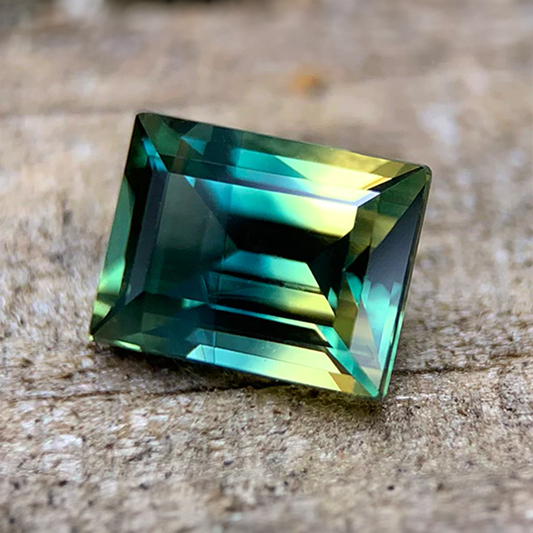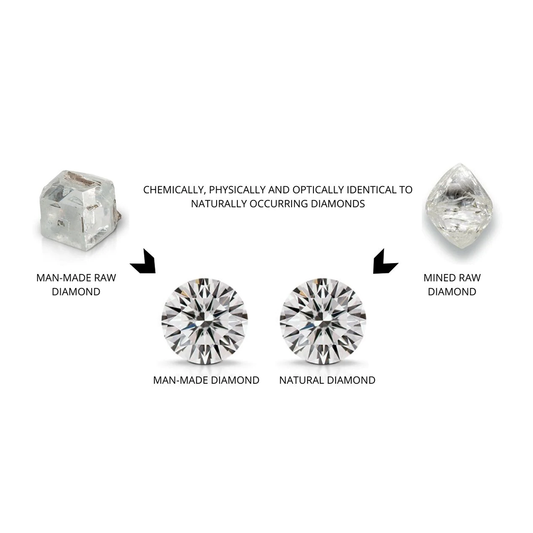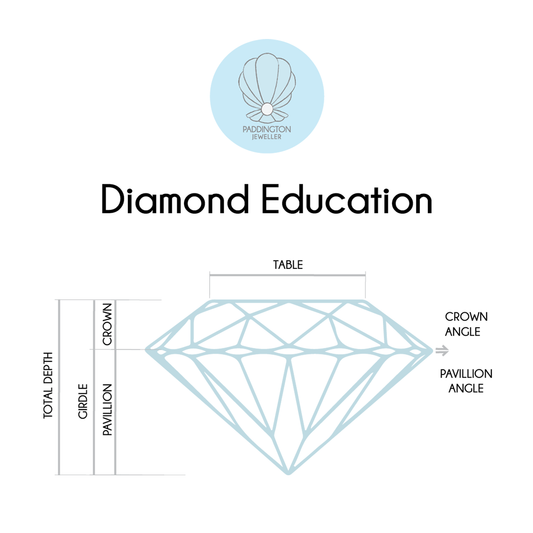A fire within: What you need to know about Aussie Opals
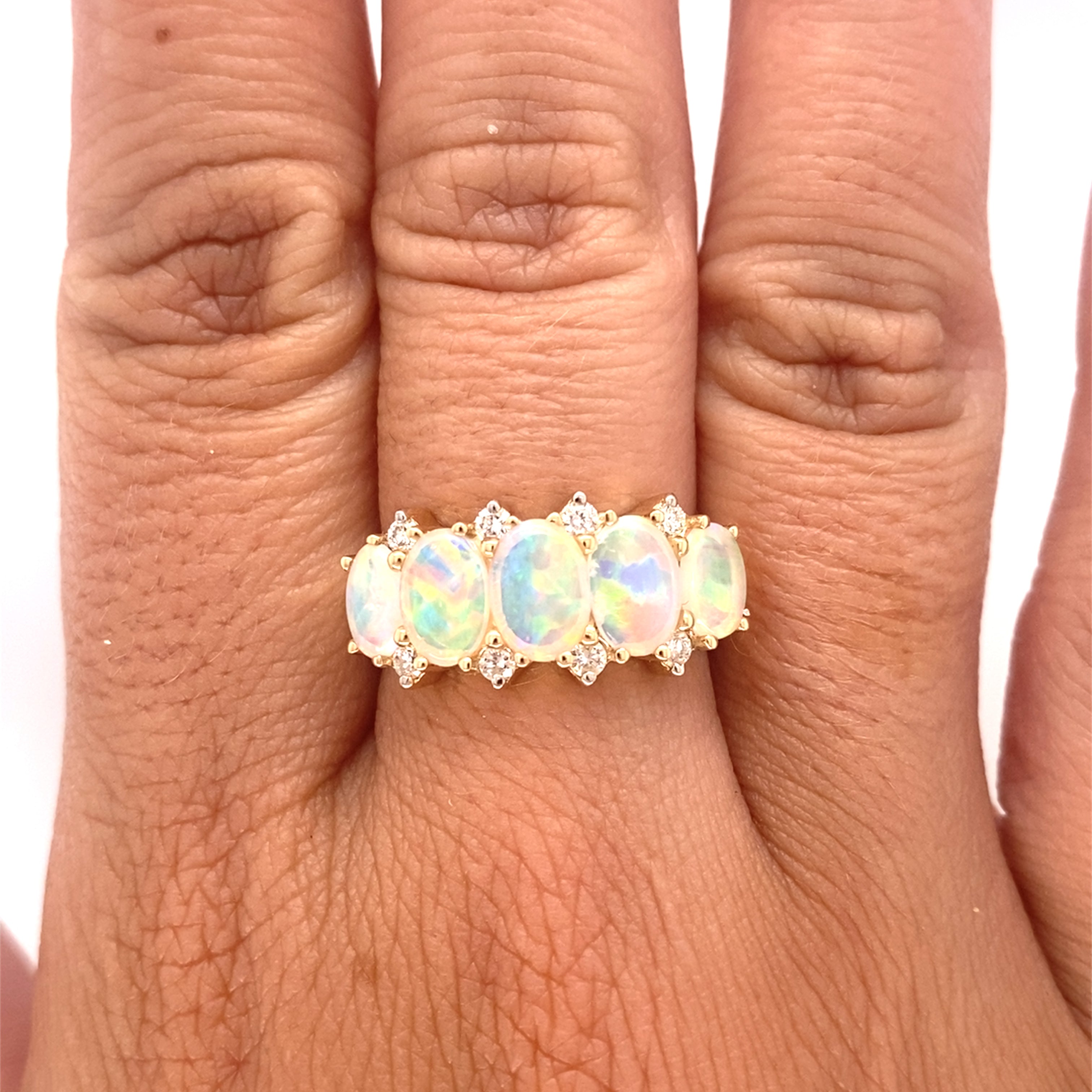
As Australian as meat pies, kangaroos hills-hoists, the humble Aussie opal is not to be overlooked if you’re on the hunt for a unique, and stunning gem. Although opals can be unearthed all over the world, Australian opals account for about 95% of the entire global supply, and 100% of the most precious, Black Opal. These incredible stones formed when silica-oxide liquid from an ancient inland sea, made its way through cracks in the rocks and slowly hardened. Incredibly you can even find dinosaur fossils that have been opalised.
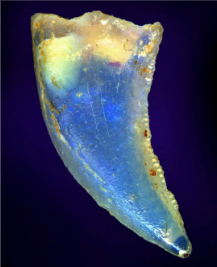
Source: Carl Bento/@australianmuseum; The opalised tooth of an ancient meat-eating dinosaur found in Lightning Ridge, NSW
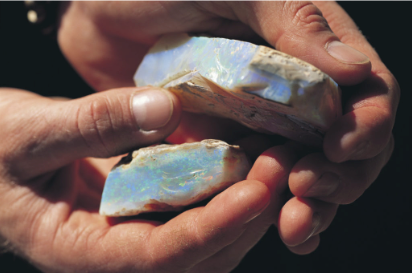
When opal hunting there are a variety of factors which are determined by elements such as where they came from, the base the colour is found on, and the play of the colour. Black opals are considered the most desirable as they are the rarest variety.
We truly believe that the key to choosing the perfect opal is simply choosing the one that appeals the most to your eye. While red is the most difficult colour to find, you might simply prefer the appearance of the greens, blues or milky whites on offer in other types. There is beauty to be found in even the cheapest opal unearthed and we encourage you to go with your heart when choosing.

Source: Cooberpedy.com; The vast desert opal fields of Coober Pedy, where once there was an inland sea.
What should I look out for? Much like diamonds, or sapphires, there is an option to buy synthetic, or lab-created opals. These synthetic opals have no real value, even though sometimes they can appear to look the same. Another thing to look out for is doublet and triplet cut opals; these are thin slices of real opal, attached to a backing so they appear like a solid opal. A cheaper alternative to a full stone, one problem people encounter is that over time, the glue tends to fail, and the layers separate which affects and dulls the stone itself.
On the other end of the spectrum, natural and more expensive opals such as black or precious opals, show off incredible patterns. The larger the pattern, the more valuable the stone.
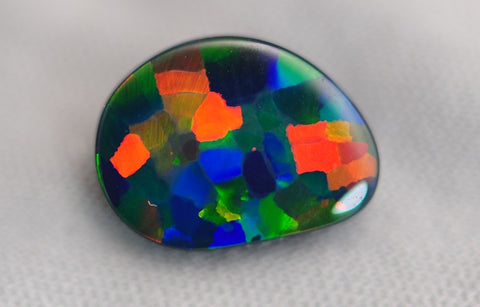
Source: www.gem-a.com; An example of a black opal with a rare harlequin colour pattern. Image courtesy of Cody Opal.
Opal can be a companion for life, however, it isn’t the toughest gem on the block. In the same way as pearls they need to be looked after, and after time can develop their own personality with scratches and marks as you’ve worn it. Interestingly, between 10% and 20% of most opals’ weight is actually water, because of this it’s really important to never store your opals long-term without being sealed in glycerine. This is because the vaults are so devoid of water, they can dry out the stones, leaving you to come back to them and find your beautiful opal cracked or crazed.
The traditional birthstone of October (along with pink tourmaline) many associate the opal with hope, purity and truth. Royals and stars have long had their eyes on opals, Andy Warhol was an avid collector after an Australian artist named Laurence Hope showed off his prized opal pendant to him in London.
Contact us now to see how we can assist you in finding your very own Aussie opal.





